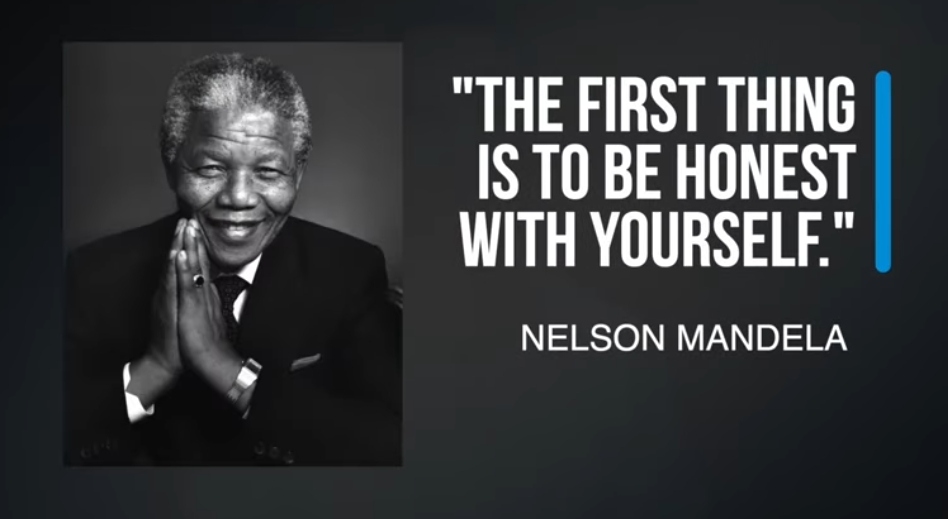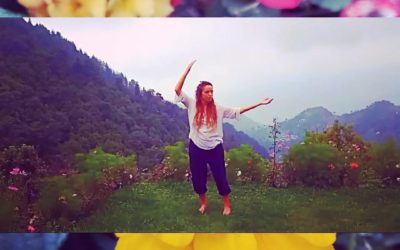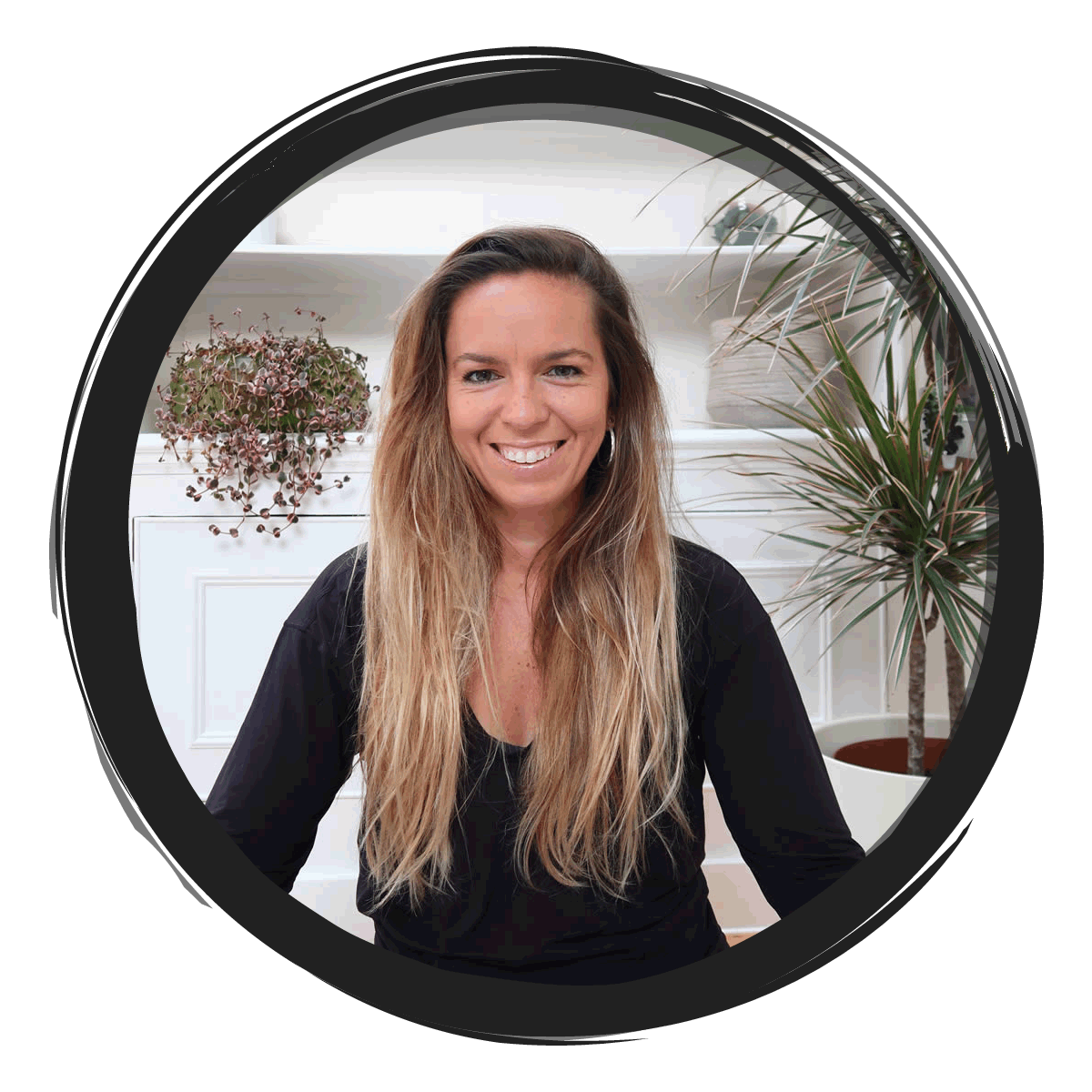Published Summer 2022, Shiatsu Society Journal
The last two years have been overwhelming for many practitioners. Now, post the Covid-19 pandemic, our lives and practices are hopefully resuming some normality. Within all the disruption, it is possible that the Shiatsu Society’s Code of Professional Conduct and Ethics may not have been at the forefront of your mind.
The Code includes rules, as well as advice and general guidance. I see it as a kind of fertile ground in which to nurture my practice. The ground is bordered and protected by garden walls which are the parameters defined by the Code. This container helps strengthen the foundation for growth. From here emerges integrity, which I have interpreted as “the quality of being whole and complete” (Cambridge Dictionary).
A well-written code of conduct clarifies an organisation’s mission, values and principles, linking them with standards of professional conduct. (Ethics and Compliance Initiative)
I’ve turned to the Code many times since arriving in Goa, over two years ago. Setting up my Shiatsu practice abroad required careful research. Would my insurance (with Balens) still be valid? What else did I need to consider about maintaining professional conduct? The Code wasn’t only a useful reference, but also a reassuring ‘safety net’ for situations that arose, some I was prepared for and some not.
For example, did I want to offer Shiatsu to children? If so, I needed some consent forms. What would I do if I suspected a client had been drinking (Goa is a hedonist’s paradise!)? What claims can I make on the flyers advertising my service? How can I best explain Shiatsu to people whose first language isn’t English?
Integrity
The Code came into sharp focus once I’d experienced and witnessed some of the other practices on offer in Goa and in Dharamsala. It also provoked an ongoing self-inquiry: when to offer my services and when not to; how is my service experienced by clients (so if I’m tired, will this affect my clients); and I was prompted to ask, am I resourced enough to be serving others?
A safe garden within
Since living among Goa’s ‘spiritual’ community, the Code’s 10 pages have evolved into a form of protection for me. If I inhabit the space it defines, then my garden flourishes and the positive and unifying Ki which underlies the Code, as well as the intentions I’ve set, flow in me, and between me and my clients.
I have also considered other ways to bring integrity into my practice, alongside the Code. I have switched from the UK’s temperate climate to a tropical one, where ninety percent of my time is spent outdoors and daily sea swims have watered the fertile ground for improving my health. Living my practice has become, oddly, about not giving as much Shiatsu as I’d anticipated. In fact, over the past year my goal has been to reach at least ‘cup half full’ before giving to others. I have, in other words, been nurturing my inner garden first.
I’ve also changed my attitude to one that is more sustainable for me, that is reasonably detached from the outcome. I focus less on giving everything and instead aim to sit in the act of giving, trusting that it will be received in whatever way it needs to be. Rather than giving away every flower growing in the garden, I instead offer a bouquet based on what the person needs, and allow time for them to rest in the shade or drink from the well, recognising their own role in choosing what’s required.
The spiritual emporium
India is one of many global hotspots favoured by ‘spiritual seekers’. These are often vulnerable people looking for purpose and a path to healing. I’ve seen a vast number of courses and treatments on offer, for healing and personal development, and many of them come with big claims: to resolve trauma, re-birth you, and ignite an awakening. Within India, this search for new beliefs and practices to subscribe to may be nothing new, not given the days of the Hippie Trail when, for decades, Europeans flooded into the country bringing their eclectic colourful practices and questionable belief systems.
The road ahead for Shiatsu
I’m now wondering how Shiatsu will evolve in a way that, I hope, will avoid treading the same path as the health and wellness modalities with such grandiose promises. I know that in Goa there are some who are involved in scandal and systems that are headed by ‘gurus’, and in response, I find myself clutching the Code and scrutinising the Ki I bring to my practice.
Societal changes ebb and flow. New ideas abound. Taoism’s ancient concepts and cosmologies such as wu wei are adopted, but even they are sometimes misinterpreted and used as a trendy antidote to what could be described as the emptiness and exhaustion of lives spent always-on, but not really lived. Without proper consideration, the message of non-doing gets missed.
Acupuncture and acupressure seem to have edged into the modalities that have earned an ‘accepted and approved’ stamp from Western Medicine. Shiatsu is only a step beyond this. I worry that a contortion and distortion of our modality, as it moves into the wider consciousness, might be almost inevitable.
We members of the Shiatsu Society know that Shiatsu is not an oil massage with a few pressure points thrown in, though I’ve seen it advertised this way. In light of what I’ve witnessed in India, I am concerned that, without proper consideration, the knowledge and practice of energetic pathways and ‘finger-pressure’ will be lost.
As Shiatsu proliferates (as we hope it will), in part via group settings where information is imparted one-to-many, I am asking how integrity can be preserved and the practice of Shiatsu supported, in all its recognised styles.
How to bring integrity into your practice:
Begin with the spine
With upright posture we find an alignment where our bones are supported by healthy muscles, ligaments and sinews. As the spine provides structural support and balance (a structural integrity) we can flex in both body and mind. From there we may safely explore different viewpoints in our hands-on work and in grass roots group/community settings.
Set the treatment aim
We offer our skills while holding the intention to work for the highest good of the client. Further, we might draw on the practice of Ahimsa – Do No Harm – a guiding principle of Buddhist ethics which applies to both humans and nonhuman species.
Ahimsa is the first and foremost of the five yamas (restraints) described in the Yoga Sutra, and entreats us to live in such a way that we cause no harm in thought, speech, or action to any living being, including ourselves.
Evolve the Code
Once our personal view of the Shiatsu Society Code of Professional Conduct and Ethics is understood, we can allow general curiosity to expand the Code until it becomes a kind of Essence, with precious, non-negotiable parameters that are held deep in our bones. At this point, acting outside of integrity might be experienced as a sense of depletion or lack of will, indicating that balance has been lost, and needs to be restored.
Move towards integrity
As with balance, perfect integrity may never be achieved. A continual movement towards integrity is the aim. Sensing and feeling, as much as knowing, moves us along this journey.
Discern the True Self
As our Shiatsu practice unfolds, our awareness sharpens and we more easily identify when we and others might not be in integrity. We recognise an internal quality – the True Self – and use this as a barometer of integrity.
The True Self can be defined as “a sense of self based on spontaneous authentic experience and a feeling of being alive, having a real self”. (1960 by Donald Winnicott)

Head, Heart and Hara in harmony
When the Three Vital Spaces are connected, we discover the feeling of being in our centre. This is the space of innermost soul depth and an ideal alignment from which to practice Shiatsu. In modelling this coherence, the receiver experiences our wholeness too, and there is a sense of pure integrity contained within the whole Ki-field.
Embracing the Tao
The Tao’s practical teachings of non-doing, or non-interference by force, means that compassionate spontaneity can arise in which things take their natural course with, and towards, integrity. The Tao is an unchallenging flow, but has a ‘way’ about it which provides a set of fluid rules (its own Code) for us to follow. This structure allows for a sense of freedom and surrender – the evolution of our practice is inevitable.
A stillpoint in the day
This is a daily time and space to go inwards, to (re)establish a connection to True Self. Whether through mindful or movement meditation, self-Shiatsu or meridian stretches, we return to ourselves and are ‘in’ our lives, with feeling and knowing. This connection with ‘me’ reverberates throughout the day and underpins every interaction.
Sarah is the founder of the Practitioners Garden which helps budding complementary health practitioners who feel overwhelmed and confused set up thriving practices.





